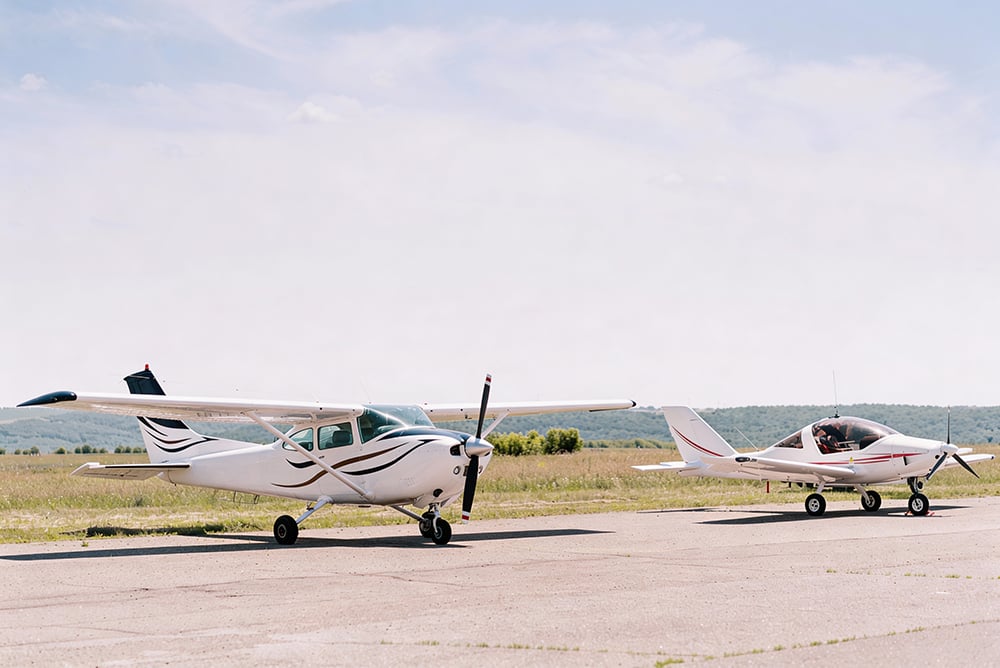
When it comes to independent valuation work, an objective opinion should have a certain degree of subjective common sense in an appraiser’s analysis and conclusions. Without it, they might be shortsighted, taking everything they see at face value without relying on their own experience to properly sift through the compilation of data and determine a realistic conclusion. This is especially true with machinery and equipment appraisers, as multiple sources about the same topic can be considered and relied upon, the sum of which will likely show a broad range of information.
There is no question that experienced appraisers with certifications and accreditations must show no bias or undue influence toward their clients and the overall scope of work. This is the fundamental foundation of the valuation industry and cannot be argued against.
That being said, an appraisal is an estimated opinion of value, and opinions are inherently subjective, regardless of the number of sources and documented information on which it is based. This is where the appraiser's experience becomes critical to the reliability of the value assessment.
The source material an appraiser researches, reviews, and relies upon will likely have gaps, flaws, inconsistencies, and broad ranges tied to the data, which they must make sense of and determine how best to correlate the information into a final conclusion.
Depending on the market activity of any given asset, these data sources might be abundant, very limited, or somewhere in between. In every instance, each piece of information should be considered and weighed.
The appraiser's job is to identify consistent patterns and potential outliers to arrive at a reliable opinion. They should ask themselves questions such as: 1) Are the available listings consistent and reasonable? 2) Are the database sources full of holes from a lack of prior sales data? 3) Are the opinions from third parties biased based on who is providing them? 4) Do industry trends focus on the specific equipment being valued?
Coming up with a logical, thoughtful conclusion of value is the ultimate goal of an appraisal expert. Going through this process is what separates established valuation experts from the rest of the pack. As a result, a degree of subjectivity will always be a component of an appraisal, regardless of the number of sources you rely upon. Consistently implementing this process across every valuation engagement is one of the most essential roles of a professional appraiser.





